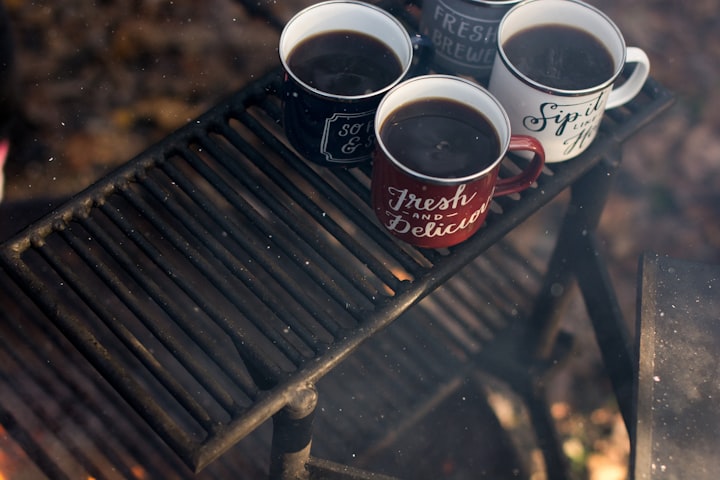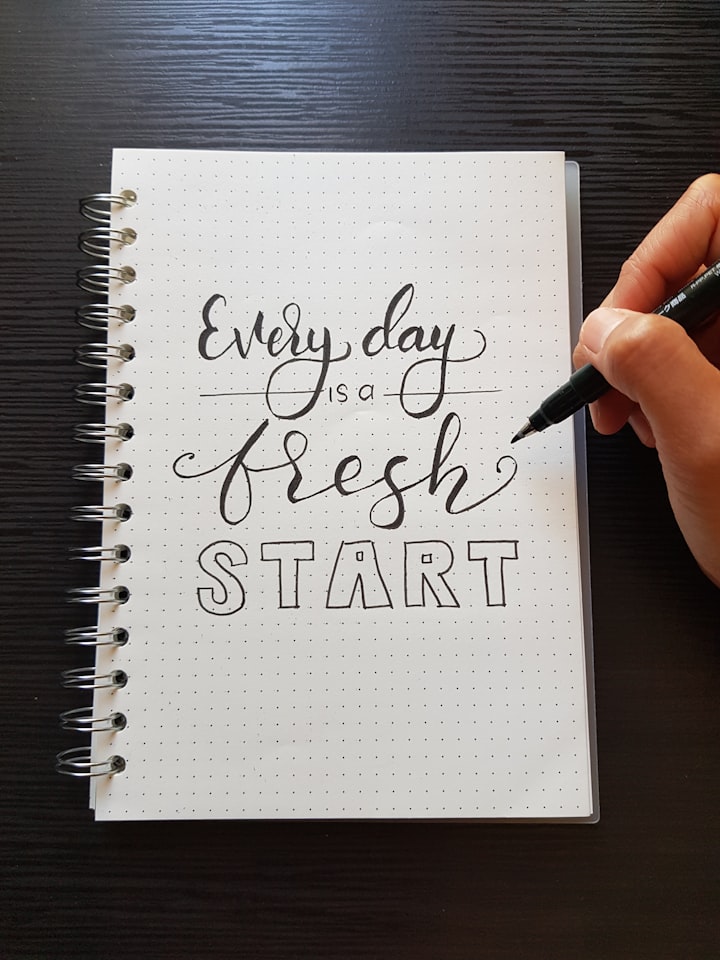Javaphiles: The Cult of Coffee Lovers
The Java Journey: Discovering the World of Specialty Coffee and the Javaphile Lifestyle
I. Introduction
A "javaphile" is a term used to describe a person who is deeply passionate and enthusiastic about coffee. These coffee lovers are known for their love of the rich taste, aroma, and culture of coffee, and they often go to great lengths to seek out the best and most unique coffee experiences.
The popularity of coffee is undeniable, with over 2.25 billion cups of coffee consumed worldwide every day. In the United States alone, coffee is a $225 billion dollar industry, and it is estimated that over 50% of adults drink coffee daily. The reasons for the popularity of coffee are many and varied, but some of the most common include its energizing effects, its comforting aroma and taste, and the social aspect of enjoying a cup of coffee with friends or colleagues.
The unique aspect of Javaphiles is their quest for the best coffee and their willingness to explore the world of coffee culture. They are often found in specialty coffee shops, trying new brewing methods, attending coffee tastings and festivals, and experimenting with different beans. They are also often willing to pay a premium price for high-quality beans and unique brewing methods.
In short, Javaphiles are a unique group of coffee enthusiasts who are passionate about the taste, culture, and art of coffee. They are driven by a desire to explore the world of coffee and to seek out the best and most unique coffee experiences.
II. The History of Coffee
The origins of coffee can be traced back to the ancient kingdoms of Ethiopia, where legend has it that a goat herder named Kaldi discovered the energizing effects of coffee beans after observing his goats becoming unusually energetic after eating the berries of a certain tree. From Ethiopia, coffee spread to the neighboring countries of Sudan and Yemen, where it was first cultivated and consumed as a beverage.
By the 15th century, coffee had spread to the Arabian Peninsula, and it quickly became an important part of the culture and religious practices of the region. Coffee houses, known as qahveh khaneh, became popular gathering places for men to socialize, exchange news, and conduct business.
From the Arabian Peninsula, coffee spread to the rest of the Middle East and eventually to Europe, where it was met with skepticism and resistance at first. However, by the 17th century, coffee had become an important part of European culture and society, and coffee houses had become popular gathering places in cities like London, Paris, and Vienna.
As coffee spread to the Americas and other parts of the world, it played an important role in shaping the economy, politics, and culture of these regions. In the United States, coffee played a significant role in the American Revolution, as colonists boycotted British tea and turned to coffee as a symbol of their independence.
Over time, the culture of coffee has continued to evolve, from the traditional coffee houses of the Middle East to the modern specialty coffee shops of today. The rise of third wave coffee movement, which emphasizes high-quality beans, unique brewing methods, and a focus on sustainability and transparency, has also played a significant role in shaping the culture of coffee
III. The Science of Coffee
There are two main types of coffee beans: Arabica and Robusta. Arabica beans, which make up about 60-70% of the world's coffee production, are considered to be of higher quality and have a sweeter, more delicate flavor. They are also less bitter and have less caffeine than Robusta beans. Arabica beans are typically grown at higher altitudes, between 600 and 2000 meters, and are more susceptible to pests and diseases.
Robusta beans, on the other hand, make up about 30-40% of the world's coffee production. They are considered to be of lower quality and have a stronger, more bitter flavor. They are also more resistant to pests and diseases, and can be grown at lower altitudes, between sea level and 600 meters.
Coffee beans are grown on small bushes or trees, and the berries take around 9-11 months to mature. Once the berries are ripe, they are picked by hand or by machine. The beans are then processed, either by the wet method or the dry method, to remove the outer layers of the berry. The beans are then sorted, graded, and packaged for shipping.
The process of roasting coffee beans is a critical step that greatly affects the taste of the final product. The beans are roasted at high temperatures, between 385 and 425 degrees Fahrenheit, for several minutes. The roasting process causes the beans to expand and change color, and it also develops the flavors and aromas that are characteristic of coffee. The longer the beans are roasted, the darker they become and the more intense the flavors and aromas become.
Finally, brewing coffee is the process of extracting the flavors and aromas of the roasted beans into a cup of coffee. There are many different brewing methods, each with their own unique characteristics. Some popular methods include drip brewing, French press, pour-over, and espresso. The brewing method, the grind of the beans, and the water temperature all affect the final taste of the coffee
IV. The Culture of Coffee
The ways in which coffee is consumed around the world vary greatly, with each culture having its own unique rituals and customs associated with the drink. For example, in Italy, coffee is often consumed quickly at the bar, standing up, and is referred to as an "espresso". In Turkey, coffee is a ceremonial drink and is prepared using a traditional method called "cezve" or "ibrik" and is served with a glass of water. In the Middle East, coffee is often served with dates and is consumed during social gatherings. In the United States, coffee has become an everyday drink, consumed in various settings, whether it's a quick cup on the go or a leisurely brunch.
Coffee shops come in many different forms and have their own unique atmosphere. Traditional coffee shops, such as those found in Europe, are often small and intimate, with a focus on the traditional methods of brewing coffee. Specialty coffee shops, found in many cities around the world, focus on high-quality beans, unique brewing methods, and often have a relaxed, trendy atmosphere. Chain coffee shops, like Starbucks, offer a more standardized and fast-paced experience, but also offer a wide variety of drinks and food options.
Specialty coffee shops often have unique features that set them apart from other coffee shops. Some might have a focus on sustainability, sourcing their beans directly from farmers and using eco-friendly materials. Others might have a focus on unique brewing methods, such as pour-over or siphon, or they might feature a rotating selection of beans from different regions or farms. Some might also offer a selection of baked goods or small plates that are specifically paired with the coffee
V. The Future of Coffee
New trends and innovations in the coffee industry are constantly emerging, and many of these are focused on providing new and unique coffee experiences for consumers. One of the most popular trends in recent years has been the rise of cold brew coffee, which is made by steeping coffee grounds in cold water for an extended period of time, resulting in a smoother, less acidic taste. Nitro coffee, another trend, is made by infusing coffee with nitrogen gas to give it a creamy, smooth texture and a frothy head similar to that of a draft beer.
Alternative brewing methods, such as pour-over and siphon, are also becoming increasingly popular among coffee enthusiasts. These methods are known for producing a clean, bright, and complex flavor, and they require a level of skill and precision that is not found in other brewing methods.
Technology is also playing a significant role in shaping the future of the coffee industry. Automated coffee machines and smart coffee makers are becoming more prevalent, allowing consumers to brew a cup of coffee with the touch of a button. Mobile apps and online ordering systems are also making it easier for consumers to order and pay for their coffee, even before they arrive at the shop.
In the future, we can expect to see more sustainable and ethical practices being adopted by the industry. The demand for transparency and traceability in the supply chain, from the sourcing of beans to the roasting process is likely to increase. Also, the use of technology for monitoring, traceability and transparency in the supply chain will grow
VI. Conclusion
In conclusion, the world of coffee is vast and complex, and for those passionate about it, there is always more to learn and explore. Whether you are a seasoned Javaphile or a coffee lover just starting out, there is always something new and exciting to discover in the world of coffee.






Comments
There are no comments for this story
Be the first to respond and start the conversation.